Automotive>Tires & Brakes
March 16, 2017
A low price doesn’t always mean the tire you’re considering is a good value. Its advertised tread life and the warranty that backs it up are just as important. Should your tire fail, a good warranty can protect you from having to shell out full price for a replacement tire. But qualifying for that replacement tire isn’t always black and white. So, it’s best to study the warranty’s terms carefully.
It’s a crowded playing field in tire warranty land. Here’s a rundown of what’s available:
Protects you against prematurely reaching the tiremaker’s tread-life rating, generally set between 40,000–100,000 miles. Virtually every tiremaker offers some type of prorated tread-life warranty.
Protects you against flat tires from pot holes, debris, nails, glass and other hazards. Closer to an insurance policy than a warranty. Usually an add-on from the tire dealer that you can purchase.
Protects you against any defects in the manufacturing or materials used in the tire. Issued by the manufacturer of the tire, usually for the life of the tire.
More a money-back satisfaction guarantee than a warranty. Issued by the tire manufacturer for a limited period of time, usually up to 30 days after purchase.
Protects you from excessive vibration or ride disturbance caused by the tire if you notify the tiremaker within the first 2/32nds of an inch (approximately 6,000 miles) of tire tread.1
Most tread-life warranties will not replace a prematurely worn out tire at no cost. Instead, they offer a prorated replacement price, based on the mileage that remains.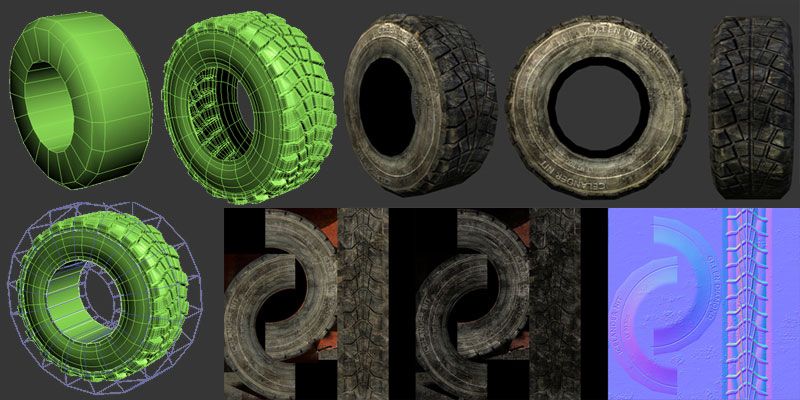 Let’s say you bought a tire with a 60,000 mile warranty and it wore out at 40,000 miles. That means you used 70% of the warranty mileage (40,000 ÷ 60,000 = .70). In this case, you would receive a 30% (1.00 - .70 = .30) discount on a new replacement tire.
Let’s say you bought a tire with a 60,000 mile warranty and it wore out at 40,000 miles. That means you used 70% of the warranty mileage (40,000 ÷ 60,000 = .70). In this case, you would receive a 30% (1.00 - .70 = .30) discount on a new replacement tire.
The purpose of any product warranty is to give consumers peace of mind that the manufacturer stands behind its products and promises. While tread-life warranties do that, the tire buyer is responsible for maintaining the tires in warrantable condition. In fact, poor maintenance is the biggest reason warranty claims are denied. So keep your tires inflated to the recommended tire pressure to ensure even wear. And rotate them based on the tiremaker’s recommendation, keeping a record of the service. Hold onto your original purchase receipt, too, as you’ll need to prove when the tires were purchased.2
A road hazard warranty doesn’t cover everything. Cosmetic and structural damage to tires caused by collisions with curbs or abnormal wear and tear is usually not covered. Nor are tire failures caused by accidents, theft, vandalism, misuse or negligence.3
Cosmetic and structural damage to tires caused by collisions with curbs or abnormal wear and tear is usually not covered. Nor are tire failures caused by accidents, theft, vandalism, misuse or negligence.3
Unless you are willing to check your tires’ inflation pressure at least once a month and get your tires rotated every 5,000 miles, you stand a chance of voiding your warranty.
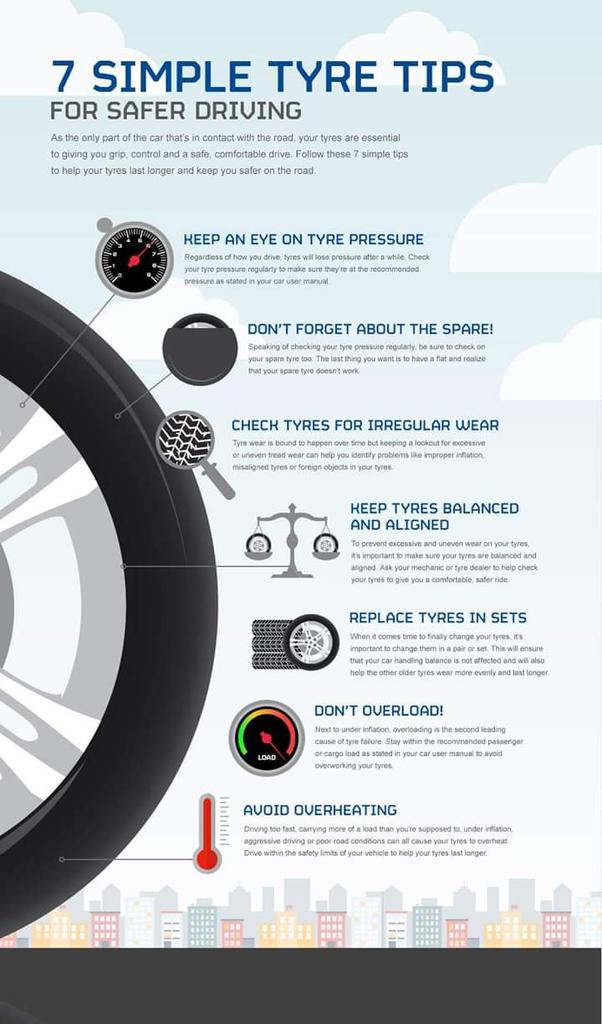 michelinman.com/US/en/tires/warranty.html
michelinman.com/US/en/tires/warranty.htmlDisclaimer: We include links to other websites in this article for our convenience. We do not endorse any content on these sites. All product names, logos, and brands are property of their respective owners. All company, product and service names used in this website are for identification purposes only. Use of these names, logos, and brands does not imply endorsement. This content is subject to change without notice and offered for informational use only. You are urged to consult with your individual advisors with respect to any information presented. Synchrony and any of its affiliates (collectively, “Synchrony”) make no representations or warranties regarding this content and accept no liability for any loss or harm arising from the use of the information provided. Your receipt of this material constitutes your acceptance of these terms and conditions.
© 2023 Synchrony Bank.
Your pro rata cost for the replacement tire is determined by multiplying the percentage of mileage received (75%) by the current purchase price for the replacement tire (ex. $130.02) Example calculation is: 75% x $130.02 = $97.52.
Are tire warranties prorated?
If the tire can be repaired, the repair is covered for the duration of the warranty. If the tire can’t be repaired, the company will prorate the remaining mileage toward the purchase of a new tire. Some companies even throw in free tire rotations for the duration of the warranty.
How do you calculate tire tread percentage?
Then usable tread depth is compared to remaining tread depth in order to calculate tread wear percentages. For example, a tire that started with 10/32″ of original tread depth and has worn off 4/32″ (down to 6/32″ of remaining tread depth) is 50% worn.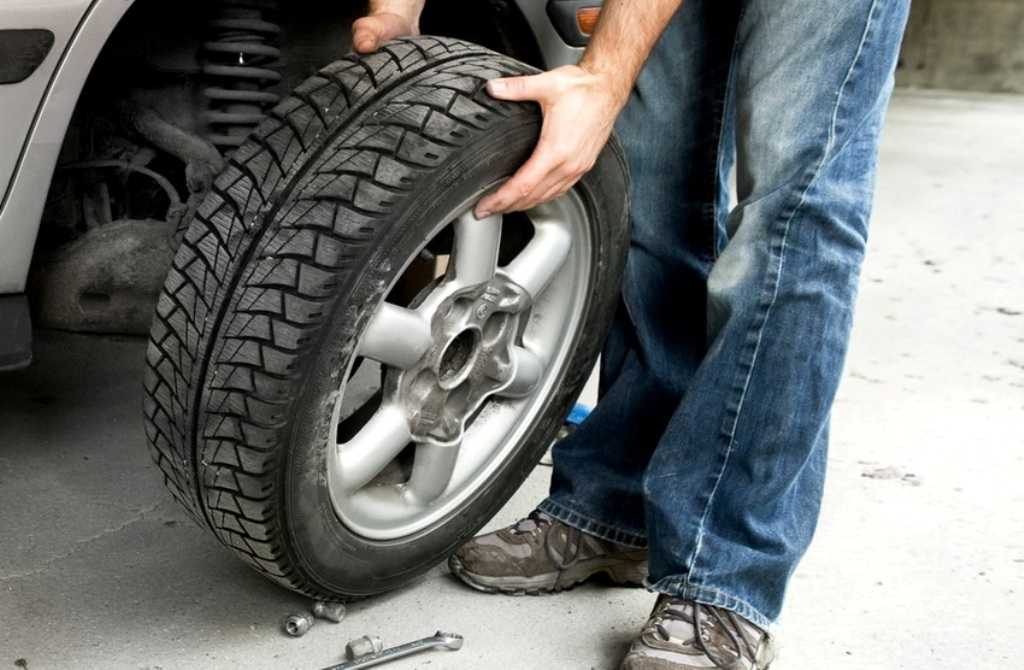 8/32″ of useable tread depth.
8/32″ of useable tread depth.
To be eligible for a claim under this type of warranty, the tires must have worn evenly and must be down to the final 2/32nds of tread. In order to have your claim approved, you’ll have to show service records proving the tires were rotated regularly, according to the manufacturer’s recommendation.
What does a 60000 mile tire warranty mean?
Most tread-life warranties will not replace a prematurely worn out tire at no cost. Let’s say you bought a tire with a 60,000 mile warranty and it wore out at 40,000 miles. That means you used 70% of the warranty mileage (40,000 ÷ 60,000 = . 70).
Is 50 percent tire tread good?
Put the outside edge of the toonie in your tire’s tread. If the tread reaches the bear’s paws, your tires are probably pretty new. If it reaches all the way across the silver, they’re about 50% worn. If your tire tread reaches only about half-way into the letters, it’s time to shop for new tires.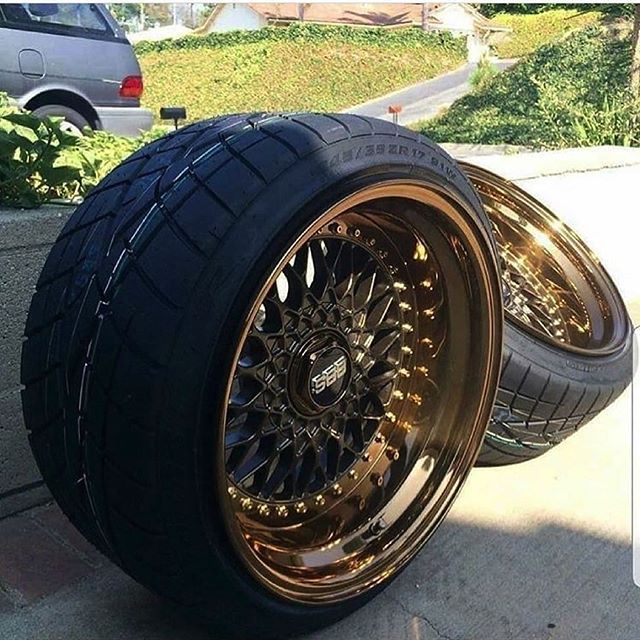
Limited Road Hazard Warranty. This warranty covers you for damage due to road hazards like potholes and nail punctures. Some manufacturers offer this type of warranty for the first year of a tire’s life. This type of tire warranty is most often offered by tire stores and varies from one company to another.
Is the penny test for tires accurate?
For years, motorists have been told the “penny test” is an accurate indicator of whether or not you need new tires. The test is conducted by sticking a penny head down in a tire tread; if you see all of Lincoln’s head, then you should change the tires. The one with an eighth of an inch of tread stopped in 300 feet.
Should I buy tire protection plan?
Unless they’re free, these plans aren’t good deals. First, consider that if a nail flattens your tire, a shop will charge only $20 or so to plug and repair it. Just as you can’t predict when or where you’ll have a flat, you can’t predict which tire will get one, so you’ll have to buy the plan for all four.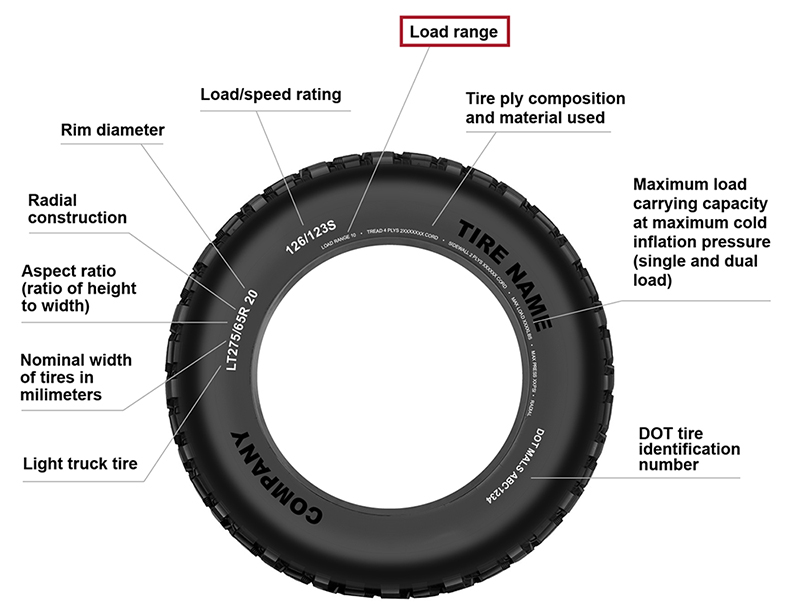
At 40 percent you should expect around 8k miles before they get near the wear indicators. It’s recommended not to run tires less than 3/32 of tread to avoid concerns of hydro planing. These tires wear very quickly, the rubber is soft and deliver excellent traction.
Since tires are the only part of the vehicle that comes into direct contact with the road surface, they play an important role in meeting a wide range of vehicle performance requirements. The emergence of the CASE concept is an important milestone in the development of a mobile society, which requires further improvement from car tires. It is necessary to quickly create tires with the required performance and functionality to meet the “evolution of mobility”. In this regard, it is extremely important to design them quickly and accurately.
It is necessary to quickly create tires with the required performance and functionality to meet the “evolution of mobility”. In this regard, it is extremely important to design them quickly and accurately.
The advanced T-MODE platform includes new technologies to support design using artificial intelligence. The traditional T-mode platform has been supplemented with AI design enabling technologies, resulting in a more advanced T-MODE tire development platform.
The introduction of the new 6th generation High Performance Computing (HPC) system resulted in a fourfold increase in computing power, automatic data generation for machine learning, an improvement in massively parallel computing technology, and an increase in multiplex computing power.
The unique digital aerodynamic simulation technology is an effective solution for developing tires with excellent dynamic characteristics, without which fuel consumption is unthinkable. We analyze and predict the aerodynamic characteristics of tires and vehicles during tire rolling, for which we take into account the change in the shape of tires under various conditions.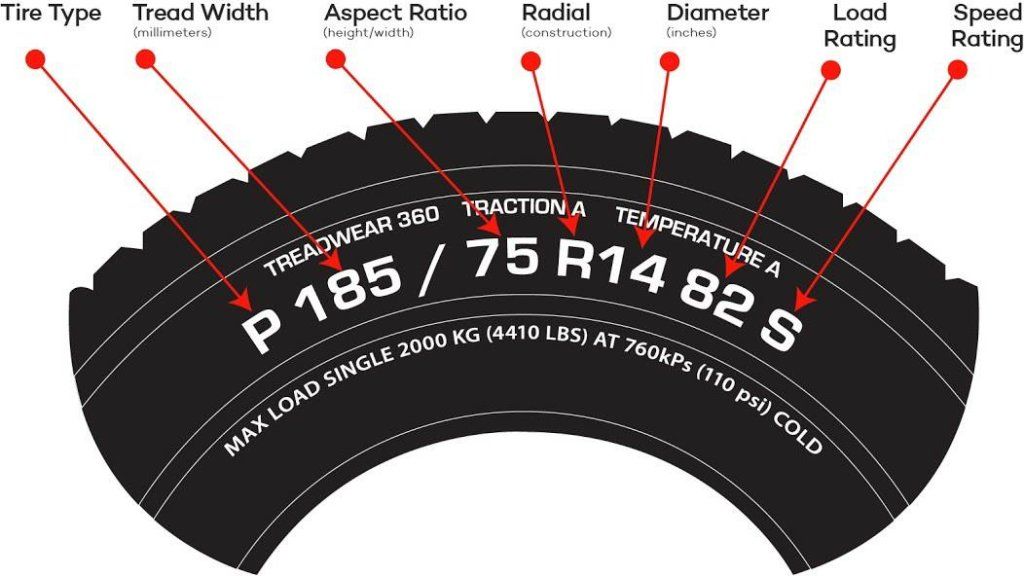
Various simulation schemes, implemented with a high degree of accuracy, allow you to design tires much faster.
Consolidated management of different types of data, such as shared resources, ensures that data is shared between engineers. The new T-MODE platform unifies the management of different types of data, transforming them into shared resources that can be used by different developers. Simulation data is automatically stored on a shared server and then used for new analysis and prediction, leading to more efficient design.
The combination of calculated data, simulation data and test data increases the overall usefulness of the information and also allows it to be used as data for machine learning.
Tire performance values can be predicted in real time using machine learning. Usually, the design parameters are entered first, and then the simulation is carried out, which allows you to know the values of the characteristics of the tires. If these values do not meet the requirements, the simulation is repeated, which lengthens the entire development process.
Improvements in the modeling techniques used in the previous T-Mode system, as well as the introduction of the UPDM system, have enabled machine learning. As a result, the T-MODE platform makes it possible to more efficiently create tires with higher performance. Toyo Tire intends to continue working on the further development of vehicle tires, relying on its own "development technologies for the mobility of the future."
Home / SIL - 3D scanning of car tires
The unit is designed for use at tire manufacturers for final control of the geometric characteristics of products.
The unit is designed to scan products in the process of continuous production, providing continuous control on the QCD line.
The system does not require human intervention: it is completely autonomous, it automatically recognizes the presence of a wheel and performs a scan.
Automatically scans more than 2000 tires per day.
The unit is fully mechanically and software compatible with the most common system in Russia for measuring the power inhomogeneity of tires SIL-800 and its modifications.
The use of sensors of our own production allows you to minimize the implementation time and cost, and also allows you to quickly design and manufacture sensors for a specific task.
Installation cost is much lower than foreign analogues.
Implementation period - from 2 months. Integration into other production lines is possible.
|
|
|
| MEASURED OBJECTS | |
| Tire products | car tires |
| MEASURED PARAMETERS | |
| Tire diameter, width | all over |
| Tread height | all over |
| Runout of the tread surface of the tire | during a revolution |
| Tire sidewall runout | during the turnover |
| Defects "Shrink"/"Bloating" | presence and size |
| Sorting | custom |
| MEASUREMENT CHARACTERISTICS | |
| Tire diameter measurement | unlimited |
| Tire width/height measurement (1 sensor), mm | to 500 |
| Measuring speed (1 bus), s | 20 |
| Reading resolution, mm | 0. |